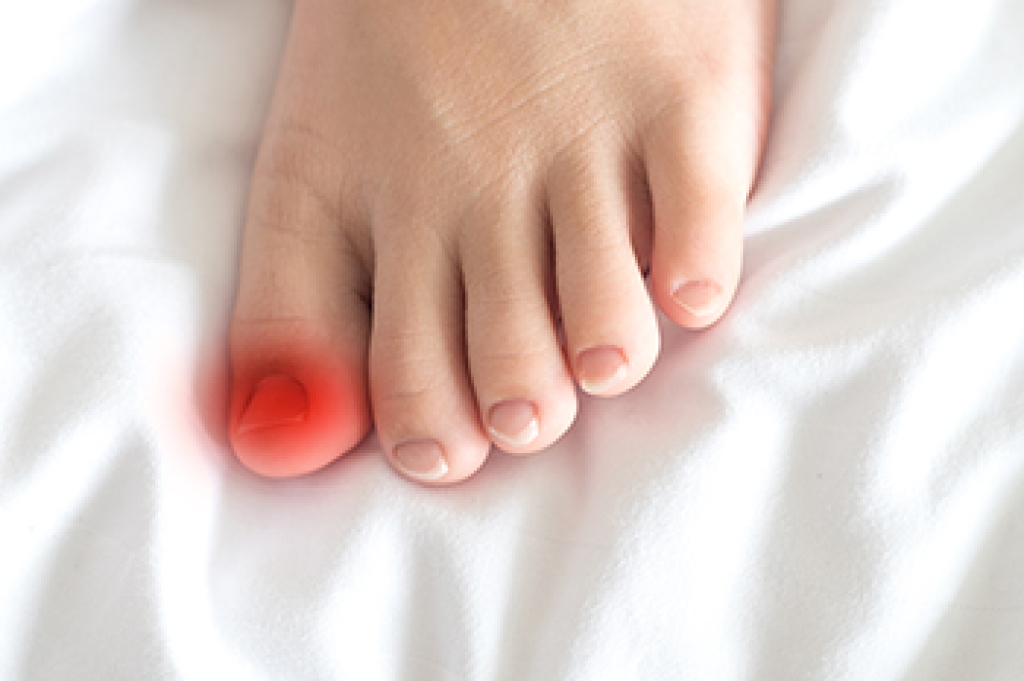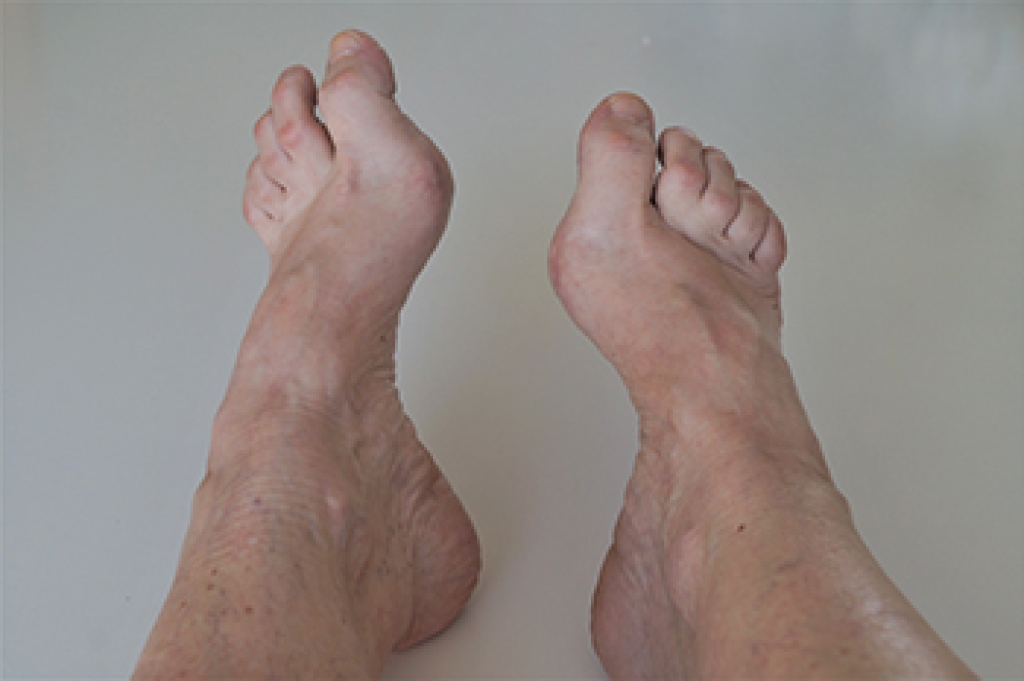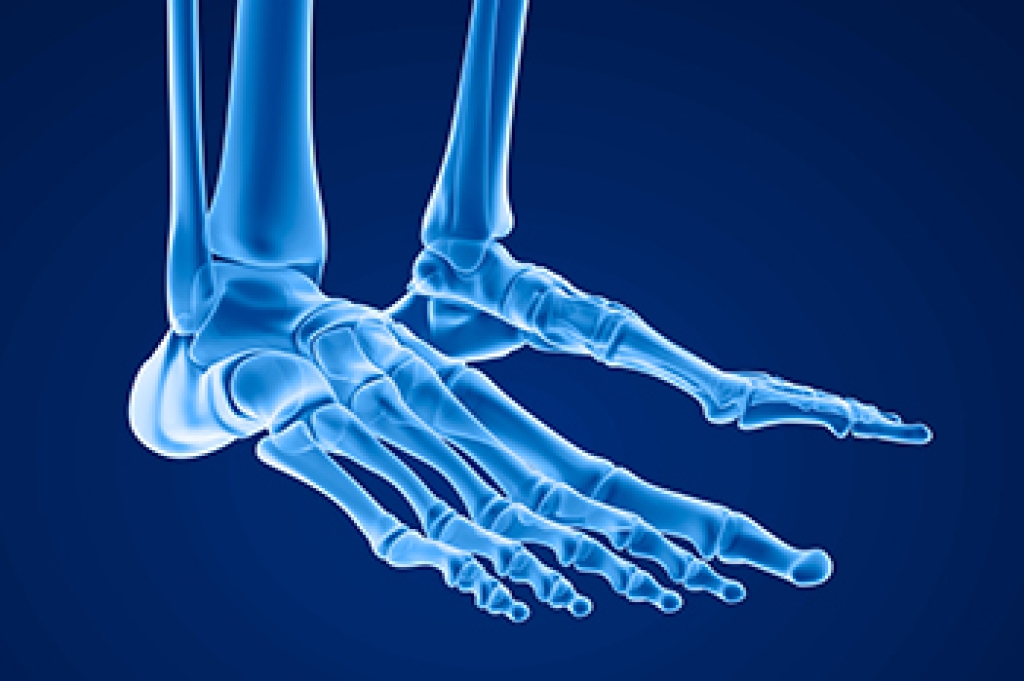
An ingrown toenail occurs when the edge of the toenail grows into the surrounding skin, most often affecting the big toe. Common causes include improper nail trimming, wearing tight footwear, injury, or genetic factors. Symptoms may begin with mild tenderness and progress to redness, swelling, pain, and sometimes infection with pus or drainage. The toe may feel warm and sore to the touch, making walking or wearing shoes uncomfortable. Infections can worsen without treatment, especially for individuals with diabetes or poor circulation. A podiatrist can diagnose an ingrown toenail through a simple exam and determine the best course of treatment. Conservative care may involve lifting the nail edge, or prescribing antibiotics if infection is present. In more severe or recurring cases, a minor in-office procedure can remove part or all of the affected nail. It is suggested that you schedule an appointment with a podiatrist if you experience ongoing pain, swelling, or signs of infection related to your toenail.
Ingrown toenails can become painful if they are not treated properly. For more information about ingrown toenails, contact one of our podiatrists of Westside Podiatry Center, LLP. Our doctors can provide the care you need to keep you pain-free and on your feet.
Ingrown Toenails
Ingrown toenails occur when a toenail grows sideways into the bed of the nail, causing pain, swelling, and possibly infection.
Causes
- Bacterial infections
- Improper nail cutting such as cutting it too short or not straight across
- Trauma to the toe, such as stubbing, which causes the nail to grow back irregularly
- Ill-fitting shoes that bunch the toes too close together
- Genetic predisposition
Prevention
Wearing proper fitting shoes and using proper cutting techniques will also help decrease your risk of developing ingrown toenails.
Treatment
Ingrown toenails are a very treatable foot condition. In minor cases, soaking the affected area in salt or antibacterial soaps will not only help with the ingrown nail itself, but also help prevent any infections from occurring. In more severe cases, surgery is an option. In either case, speaking to your podiatrist about this condition will help you get a better understanding of specific treatment options that are right for you.
If you have any questions, please feel free to contact one of our offices located in Liverpool, Camillus, Skaneateles, Oswego, and Cicero, NY . We offer the newest diagnostic and treatment technologies for all your foot care needs.




